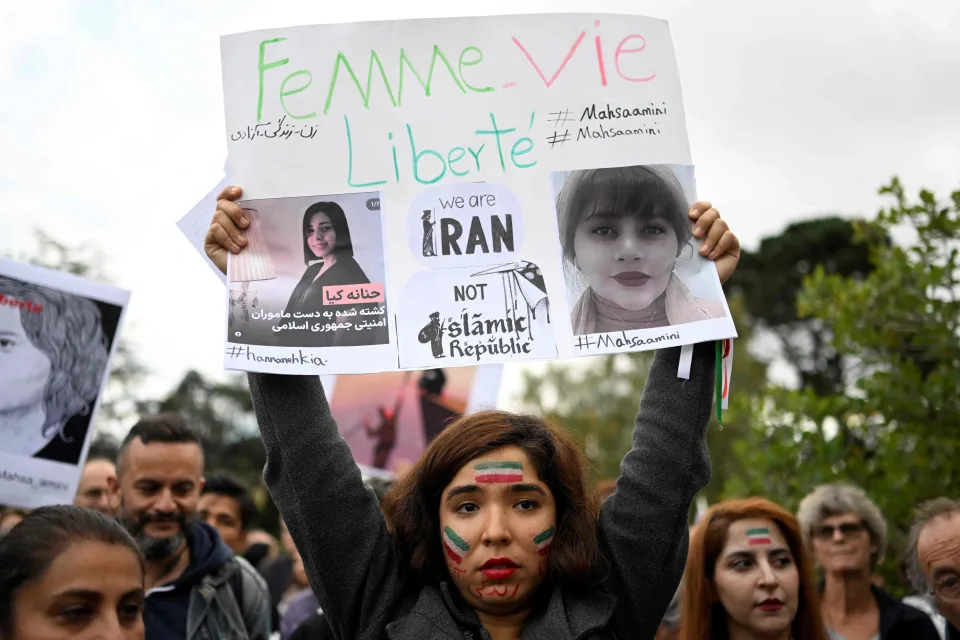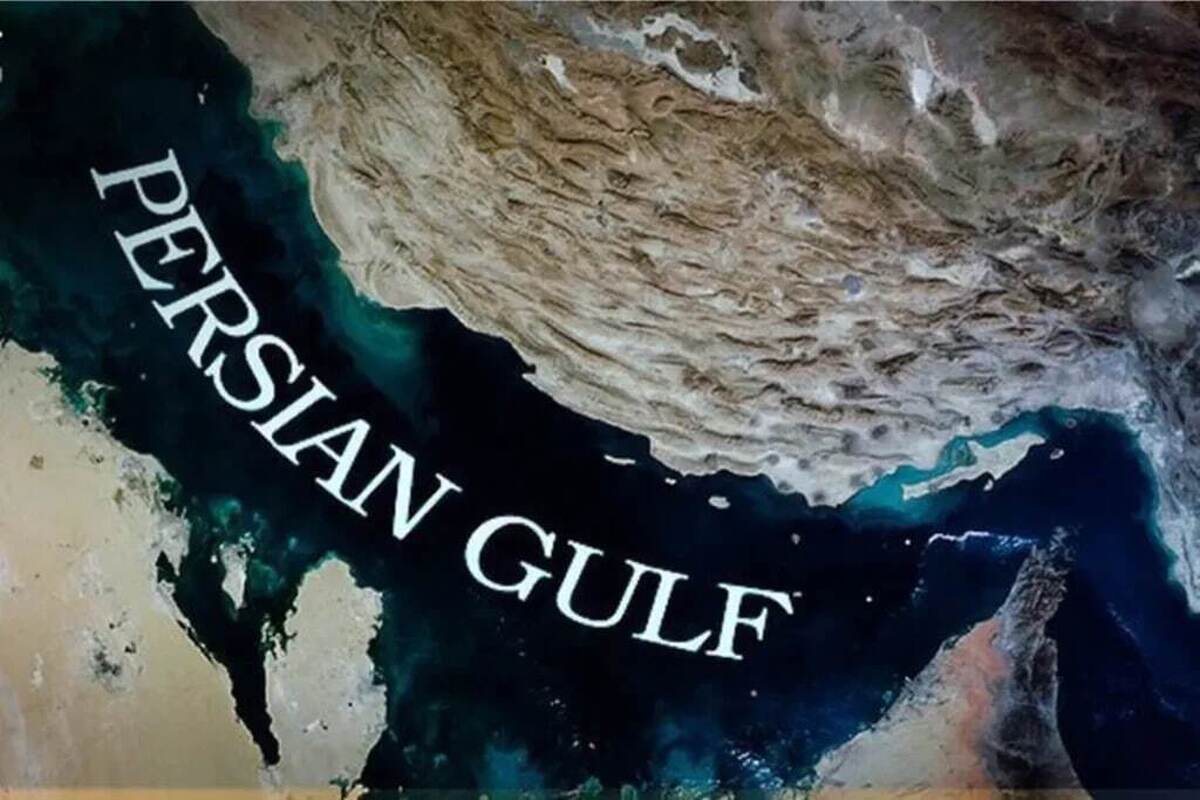
Oklahoma professor: Iran's struggle for democracy has a long history
The death of the 22-year-old Iranian-Kurdish woman Mahsa Amini at the hands of the Islamic Republic of Iran’s morality police has sparked ongoing protests. In courageous acts of protest, Iranian women are marching in the streets, burning their state-mandated Islamic headscarves, and chanting: “Women, Life, Freedom.” These are unprecedented acts of defiance in the history of the Islamic Republic.
For those unfamiliar with Iranian history, it would be easy to see the current protests as narrowly contained to current circumstances. In fact, these protests are part of a longer history of struggle for democracy in modern Iran.
As early as 1905, Iran was the first place in the Middle East to experience a revolutionary movement seeking a democratic form of government. In the short term, the “Constitutional Revolution” was defeated by both internal divisions and external interventions.
However, Iran’s democratic aspirations were not extinguished. After three decades of royalist absolutism and foreign occupation, the 1940s witnessed the new growth of political parties, a vibrant Iranian press, and new educational opportunities that empowered citizens from all walks of life, especially women.
This era culminated with the rise of Mohammad Mossadegh, the prime minister who rallied the democratic will of the Iranian people to nationalize the British-controlled Anglo-Iranian Oil Co. The fear that communism was lurking within Mossadegh’s broad-based democratic coalition, led the American CIA and the British MI6 to foment internal unrest leading to the coup d’état of August 1953 that overthrew Mossadegh.
The next 25 years of Iranian history are a contradiction. The newly restored shah ruled with an iron fist and limited political freedoms. At the same time, however, Iranians made remarkable social progress during this era. Iranian women gained the right to vote in 1963 — by royal decree — over the objection of the clerics. Reforms to family law were also initiated in 1967 and 1975, granting women rights in marriage, divorce and the custody of children, also over the objections of religious authorities.
These social reforms so empowered Iranian women that by the time of the revolution of 1979 Iranian women joined the struggle against the shah’s autocracy.
It is forgotten today, but the revolution that toppled the monarchy in January 1979 did not begin as an “Islamic Revolution.” The initial revolutionary spark began, not in 1979, but in 1977, and was led by democracy advocates. Their initial demands included the release of political prisoners and the guarantee of free elections.
These Iranian calls for democracy in 1977 were inspired by an already well-established democratic tradition within Iran. By 1978, however, the course of Iran’s revolutionary process took unpredictable turns, and advocates for democracy quickly found themselves outmaneuvered. In the emotional context of the revolutionary struggle, liberal calls for civil rights and free elections seemed insufficiently revolutionary.
After the fall of the shah, Iranian democracy was once again thwarted, this time by the emerging authoritarianism of the Islamic Republic. Women lost many of the social rights that they had gained in the previous decades, including the right to choose for themselves to wear the Islamic headscarf.
In the years since, calls for democratic reform have not disappeared inside Iran. The failure of successive waves of reform, such as the presidency of Mohammad Khatami (1997-2005) and the Green Movement of 2009, revealed the deep structural obstacles to working within the Islamic Republic’s political system.
As we have seen during the past weeks in Iran, this newest generation of advocates for Iranian democracy are no longer satisfied with working within the system and are demanding fundamental changes to Iran’s form of government.
How this process will unfold in the weeks and months to come is unknown.
What is known is that this newest effort to build a democratic Iran is the product of more than a century of struggle. It is an enduring struggle that deserves our support and promises to rewrite the history of modern Iran and its relationship with the United States.
Afshin Marashi is a professor and the Farzaneh Family Chair in Modern Iranian History at the University of Oklahoma's College of International Studies.



